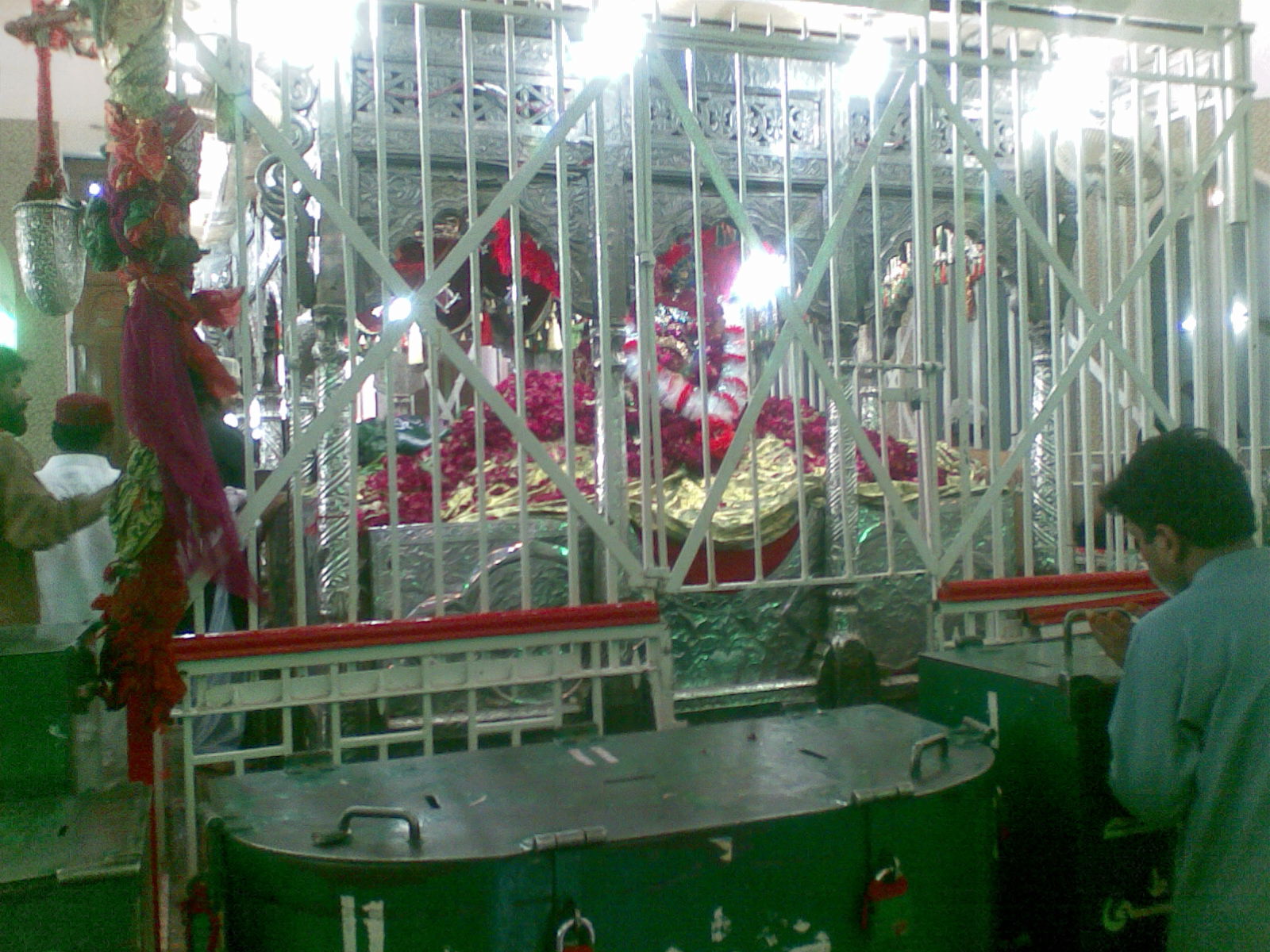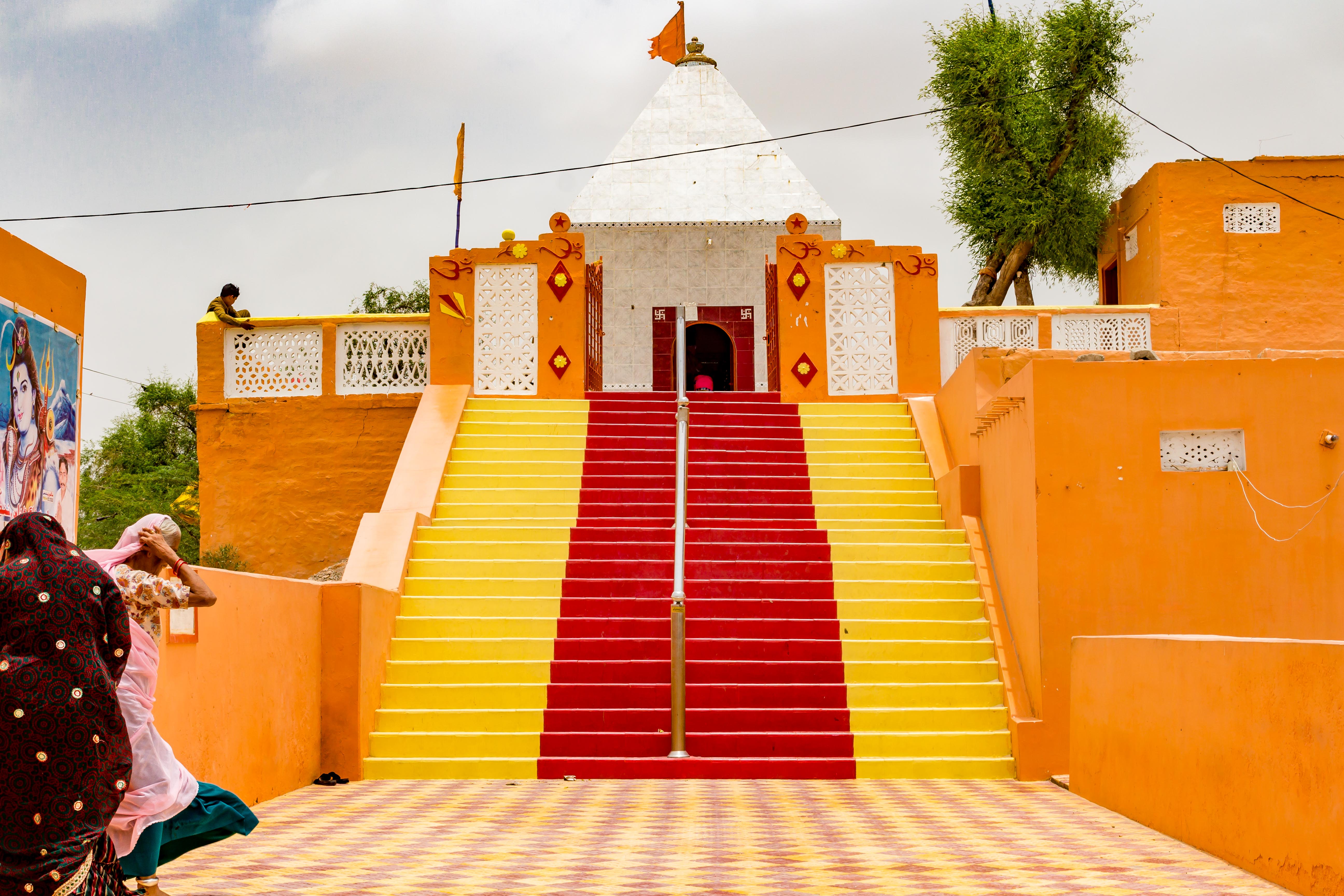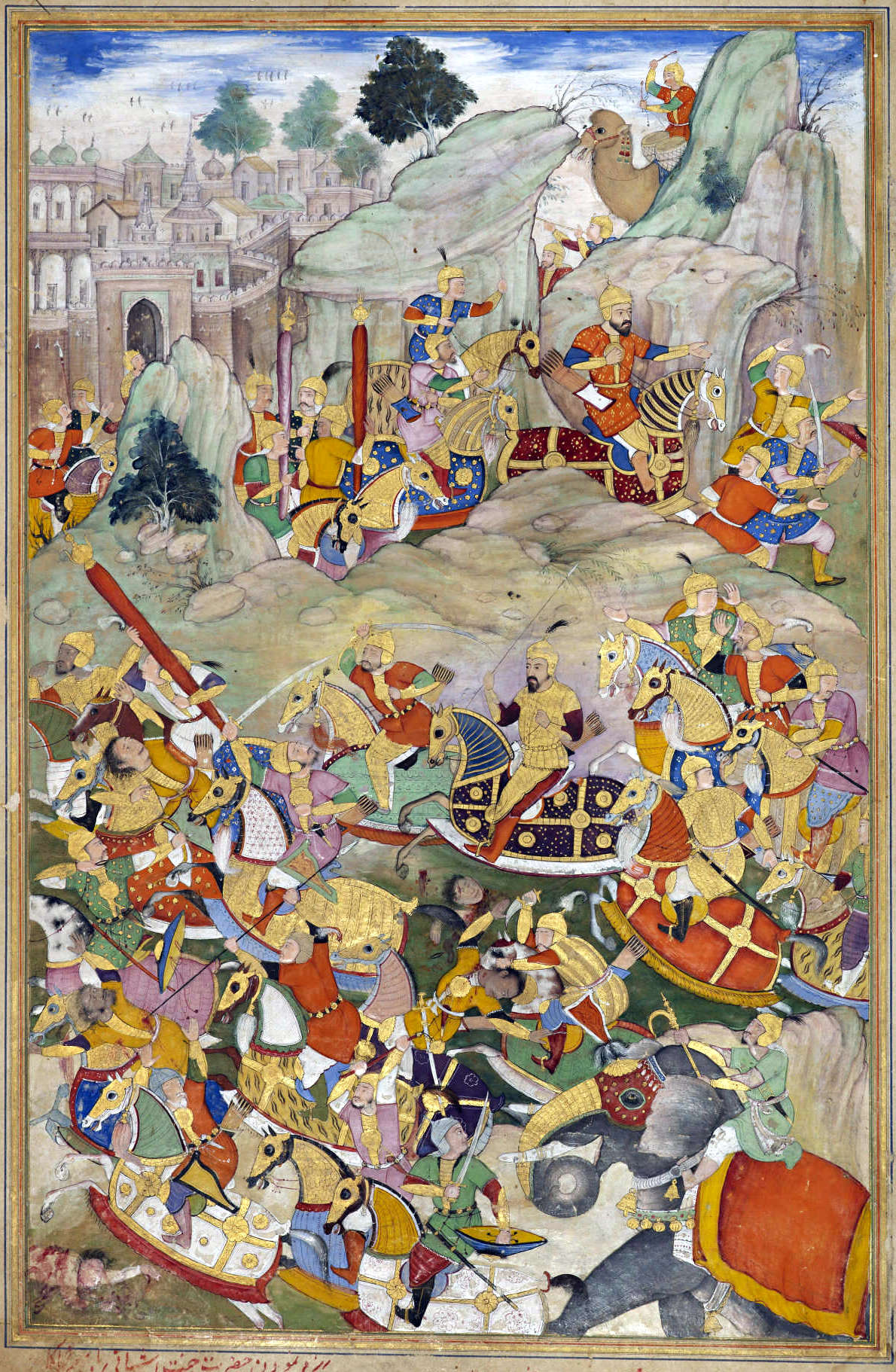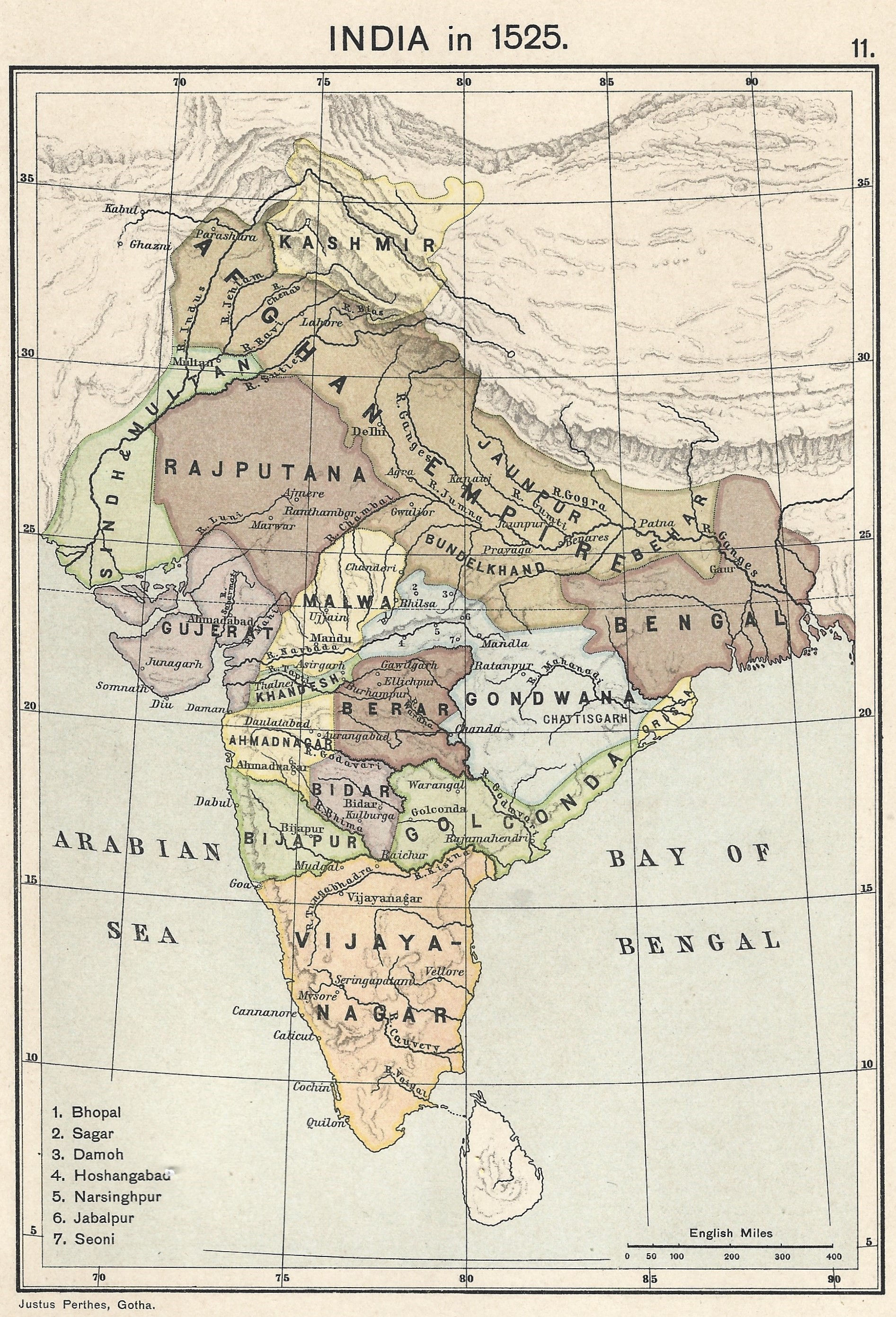|
Sehwan Sharif
Sehwan (; ; also commonly referred to as Sehwan Sharif or ''Noble Sehwan'') is a historic city located in Jamshoro District of Sindh province in Pakistan situated on the west bank of the Indus River north-west of Hyderabad. The city is renowned for being the home of one of Pakistan's most important Sufi shrines, the Shrine of Lal Shahbaz Qalandar. The city also holds the status of taluka under the Jamshoro District. It was previously a part of the Dadu District; however, with the establishment of the Jamshoro District, Sehwan became linked with it. Sehwan is among Pakistan's most significant spiritual centers, alongside other revered shrines like the Shrine of Abdullah Shah Ghazi in Karachi, the Data Durbar Complex in Lahore, Bari Imam in Noorpur Shehan near Islamabad, and the magnificent tombs of the Suhrawardi Sufis in Multan. History Sehwan is one of the most ancient places in Sindh. Some historians suggest that this town dates back to the period of Prophet Shees, so ... [...More Info...] [...Related Items...] OR: [Wikipedia] [Google] [Baidu] |
City
A city is a human settlement of a substantial size. The term "city" has different meanings around the world and in some places the settlement can be very small. Even where the term is limited to larger settlements, there is no universally agreed definition of the lower boundary for their size. In a narrower sense, a city can be defined as a permanent and Urban density, densely populated place with administratively defined boundaries whose members work primarily on non-agricultural tasks. Cities generally have extensive systems for housing, transportation, sanitation, Public utilities, utilities, land use, Manufacturing, production of goods, and communication. Their density facilitates interaction between people, government organisations, government organizations, and businesses, sometimes benefiting different parties in the process, such as improving the efficiency of goods and service distribution. Historically, city dwellers have been a small proportion of humanity overall, bu ... [...More Info...] [...Related Items...] OR: [Wikipedia] [Google] [Baidu] |
Multan
Multan is the List of cities in Punjab, Pakistan by population, fifth-most populous city in the Punjab, Pakistan, Punjab province of Pakistan. Located along the eastern bank of the Chenab River, it is the List of cities in Pakistan by population, sixth-largest city in the country; and serves as the administrative headquarters of its Multan Division, eponymous division and Multan District, district. A major cultural, religious and economic centre of the Punjab, Punjab region, Multan is one of the List of oldest continuously inhabited cities#Asia, oldest inhabited cities of Asia, with a history stretching deep into antiquity. Multan was part of the Achaemenid Empire of Iran in the early 6th century BC. The ancient city was besieged by Alexander the Great during the Mallian campaign. Later it was conquered by the Umayyad military commander Muhammad bin Qasim in 712 CE after the conquest of Sindh. In the 9th century, it became capital of the Emirate of Multan. The region came under ... [...More Info...] [...Related Items...] OR: [Wikipedia] [Google] [Baidu] |
Akbar
Akbar (Jalal-ud-din Muhammad Akbar, – ), popularly known as Akbar the Great, was the third Mughal emperor, who reigned from 1556 to 1605. Akbar succeeded his father, Humayun, under a regent, Bairam Khan, who helped the young emperor expand and consolidate Mughal domains in the Indian subcontinent. He is generally considered one of the greatest emperors in Indian history and led a successful campaign to unify the various kingdoms of '' Hindūstān'' or India proper. Quote: "Akbar, The greatest Mughal emperor of India." Akbar gradually enlarged the Mughal Empire to include much of the Indian subcontinent through Mughal military, political, cultural, and economic dominance. To unify the vast Mughal state, Akbar established a centralised system of administration and adopted a policy of conciliating conquered rulers through marriage and diplomacy. To preserve peace and order in a religiously and culturally diverse empire, he adopted policies that won him the support of his no ... [...More Info...] [...Related Items...] OR: [Wikipedia] [Google] [Baidu] |
Umarkot
Umerkot (Urdu: ; Dhatki : عمرڪوٽ; Sindhi: عمرڪوٽ; IPA: �mərkoːʈ formerly known as Amarkot) is a city in the Sindh province of Pakistan. The Mughal emperor Akbar was born in Amarkot in 1542. The Hindu folk deities Pabuji and Ramdev married in Umerkot. The local language is Dhatki, one of the Rajasthani languages of the Indo-Aryan language family. It is most closely related to Marwari. Sindhi, Urdu and Punjabi are also understood by this. Etymology The city is named after a local ruler of Sindh, Umer Soomro (of Soomra dynasty) of the Umar Marvi folk tale, which also appears in '' Shah Jo Risalo'', one of the popular tragic romances of Sindh. History According to tradition, it was founded by a branch of the Soomra who later lost it to Sodhas in 1226. Sodhas were expelled by the Soomra in 1330 but again rose to power in 1439. In 1590, it became a part of the Mughal Empire. In 1599, Abu ’l-Ḳāsim Sulṭān, an Arghun dynasty prince drove out ... [...More Info...] [...Related Items...] OR: [Wikipedia] [Google] [Baidu] |
Humayun
Nasir al-Din Muhammad (6 March 1508 – 27 January 1556), commonly known by his regnal name Humayun (), was the second Mughal emperor, who ruled over territory in what is now Eastern Afghanistan, Bangladesh, Northern India, and Pakistan from 1530 to 1540 and again from 1555 to his death in 1556. At the time of his death, the Mughal Empire spanned almost one million square kilometers. On 26 December 1530, Humayun succeeded his father Babur to the throne of Delhi as ruler of the Mughal territories in the Indian subcontinent. Humayun was an inexperienced ruler when he came to power at the age of 22. His half-brother Kamran Mirza inherited Kabul and Kandahar, the northernmost parts of their father's empire; the two half-brothers became bitter rivals. Early in his reign, Humayun lost his entire empire to Sher Shah Suri but regained it 15 years later with Safavid aid. His return from Persia was accompanied by a large retinue of Persian noblemen, signaling an important change in M ... [...More Info...] [...Related Items...] OR: [Wikipedia] [Google] [Baidu] |
Mughal Empire
The Mughal Empire was an Early modern period, early modern empire in South Asia. At its peak, the empire stretched from the outer fringes of the Indus River Basin in the west, northern Afghanistan in the northwest, and Kashmir in the north, to the highlands of present-day Assam and Bangladesh in the east, and the uplands of the Deccan Plateau in South India.. Quote: "The realm so defined and governed was a vast territory of some , ranging from the frontier with Central Asia in northern Afghanistan to the northern uplands of the Deccan plateau, and from the Indus basin on the west to the Assamese highlands in the east." The Mughal Empire is conventionally said to have been founded in 1526 by Babur, a Tribal chief, chieftain from what is today Uzbekistan, who employed aid from the neighboring Safavid Iran, Safavid and Ottoman Empires Quote: "Babur then adroitly gave the Ottomans his promise not to attack them in return for their military aid, which he received in the form of the ... [...More Info...] [...Related Items...] OR: [Wikipedia] [Google] [Baidu] |
The New Cambridge History Of India
''The New Cambridge History of India'' is a major multi-volume work of historical scholarship published by Cambridge University Press. It replaced '' The Cambridge History of India'' published between 1922 and 1937. The new history is being published as a series of individual works by single authors and, unlike the original, does not form a connected narrative. Also unlike the original, it only covers the period since the fourteenth century. The whole has been planned over four parts: *Pt. I The Mughals and their Contemporaries. *Pt. II Indian States and the Transition to Colonialism. *Pt. III The Indian Empire and the beginnings of Modern Society. *Pt. IV The Evolution Evolution is the change in the heritable Phenotypic trait, characteristics of biological populations over successive generations. It occurs when evolutionary processes such as natural selection and genetic drift act on genetic variation, re ... of Contemporary South Asia. Titles The Mughals and their Con ... [...More Info...] [...Related Items...] OR: [Wikipedia] [Google] [Baidu] |
John F
John is a common English name and surname: * John (given name) * John (surname) John may also refer to: New Testament Works * Gospel of John, a title often shortened to John * First Epistle of John, often shortened to 1 John * Second Epistle of John, often shortened to 2 John * Third Epistle of John, often shortened to 3 John People * John the Baptist (died ), regarded as a prophet and the forerunner of Jesus Christ * John the Apostle (died ), one of the twelve apostles of Jesus Christ * John the Evangelist, assigned author of the Fourth Gospel, once identified with the Apostle * John of Patmos, also known as John the Divine or John the Revelator, the author of the Book of Revelation, once identified with the Apostle * John the Presbyter, a figure either identified with or distinguished from the Apostle, the Evangelist and John of Patmos Other people with the given name Religious figures * John, father of Andrew the Apostle and Saint Peter * Pope Jo ... [...More Info...] [...Related Items...] OR: [Wikipedia] [Google] [Baidu] |
Mahmud Of Ghazni
Abu al-Qasim Mahmud ibn Sabuktigin (; 2 November 971 – 30 April 1030), usually known as Mahmud of Ghazni or Mahmud Ghaznavi (), was Sultan of the Ghaznavid Empire, ruling from 998 to 1030. During his reign and in medieval sources, he is usually known by his laqab, honorific title Yamin al-Dawla (, ). At the time of his death, his kingdom had been transformed into an extensive military empire, which extended from northwestern Iran proper to the Punjab in the Indian subcontinent, Khwarazm in Transoxiana, and Makran. Highly Persianization, Persianized, Mahmud continued the bureaucratic, political, and cultural customs of his predecessors, the Samanids. He established the ground for a future Persianate society, Persianate state in Punjab, particularly centered on Lahore, a city he conquered. His capital of Ghazni evolved into a significant cultural, commercial, and intellectual centre in the Islamic world, almost rivalling the important city of Baghdad. The capital appealed to many ... [...More Info...] [...Related Items...] OR: [Wikipedia] [Google] [Baidu] |
Muhammad Bin Qasim
Muḥammad ibn al-Qāsim al-Thaqafī (; –) was an Arabs, Arab military commander in service of the Umayyad Caliphate who led the Muslim conquest of Sindh (and Punjab, part of ancient Sindh), inaugurating the Umayyad campaigns in India. His military exploits led to the establishment of the Sind (caliphal province), Islamic province of Sindh, and the takeover of the region from the Brahmin dynasty of Sindh, Sindhi Brahman dynasty and its ruler, Raja Dahir, who was subsequently decapitated with his head sent to al-Hajjaj ibn Yusuf in Basra. With the capture of the then-capital of Aror by Arab forces, Muhammad ibn al-Qasim became the first Muslims, Muslim to have successfully captured Indian land, which marked the beginning of Islamic rulers in the Indian subcontinent, Muslim rule in South Asia. Muhammad ibn al-Qasim belonged to the Banu Thaqif, an Tribes of Arabia, Arab tribe that is concentrated around the city of Taif in western Arabian Peninsula, Arabia. After the Muslim conq ... [...More Info...] [...Related Items...] OR: [Wikipedia] [Google] [Baidu] |
Alexander The Great
Alexander III of Macedon (; 20/21 July 356 BC – 10/11 June 323 BC), most commonly known as Alexander the Great, was a king of the Ancient Greece, ancient Greek kingdom of Macedonia (ancient kingdom), Macedon. He succeeded his father Philip II of Macedon, Philip II to the throne in 336 BC at the age of 20 and spent most of his ruling years conducting Wars of Alexander the Great, a lengthy military campaign throughout West Asia, Western Asia, Central Asia, parts of South Asia, and ancient Egypt, Egypt. By the age of 30, he had created one of the List of largest empires, largest empires in history, stretching from History of Greece, Greece to northwestern History of India, India. He was undefeated in battle and is widely considered to be one of history's greatest and most successful military commanders. Until the age of 16, Alexander was tutored by Aristotle. In 335 BC, shortly after his assumption of kingship over Macedon, he Alexander's Balkan campaign, campaigned in the Bal ... [...More Info...] [...Related Items...] OR: [Wikipedia] [Google] [Baidu] |
Sanskrit
Sanskrit (; stem form ; nominal singular , ,) is a classical language belonging to the Indo-Aryan languages, Indo-Aryan branch of the Indo-European languages. It arose in northwest South Asia after its predecessor languages had Trans-cultural diffusion, diffused there from the northwest in the late Bronze Age#South Asia, Bronze Age. Sanskrit is the sacred language of Hinduism, the language of classical Hindu philosophy, and of historical texts of Buddhism and Jainism. It was a lingua franca, link language in ancient and medieval South Asia, and upon transmission of Hindu and Buddhist culture to Southeast Asia, East Asia and Central Asia in the early medieval era, it became a language of religion and high culture, and of the political elites in some of these regions. As a result, Sanskrit had a lasting effect on the languages of South Asia, Southeast Asia and East Asia, especially in their formal and learned vocabularies. Sanskrit generally connotes several Indo-Aryan languages# ... [...More Info...] [...Related Items...] OR: [Wikipedia] [Google] [Baidu] |










